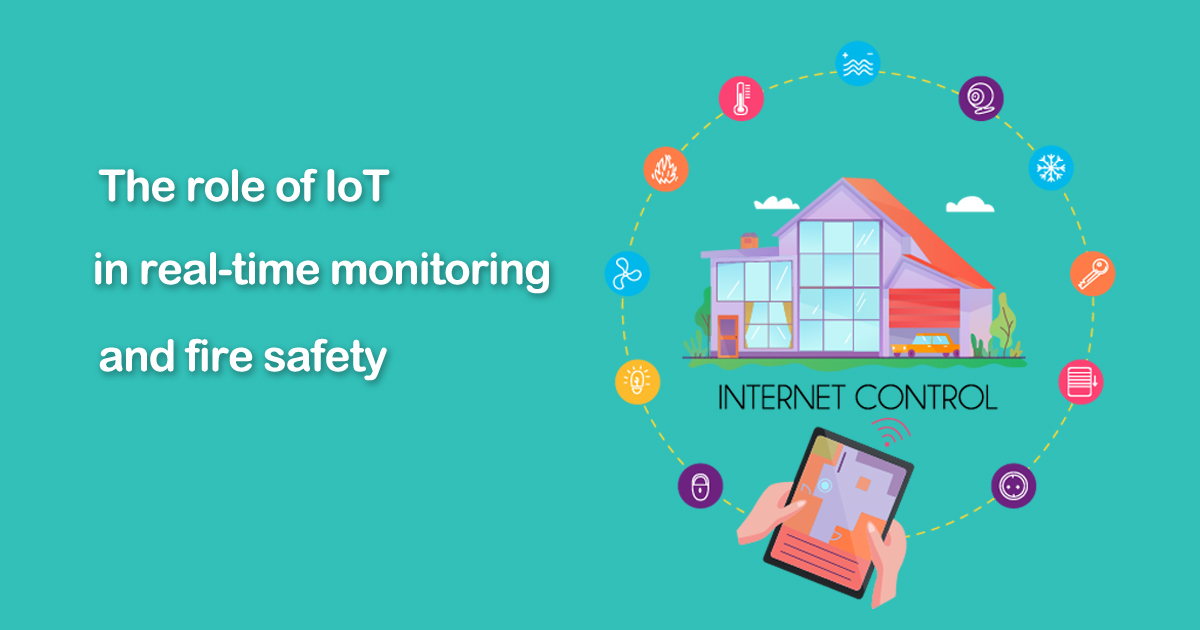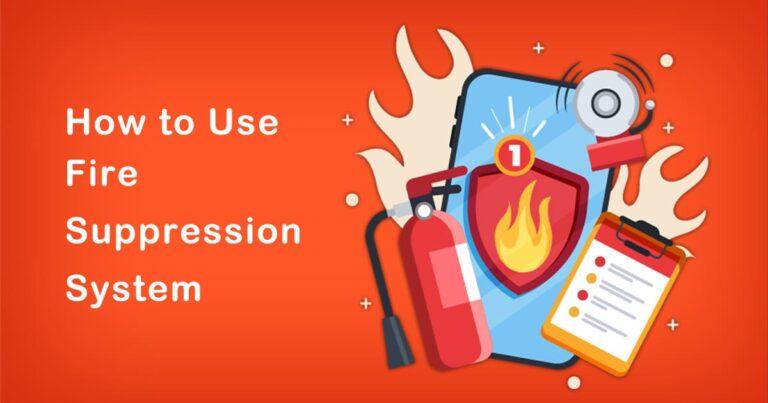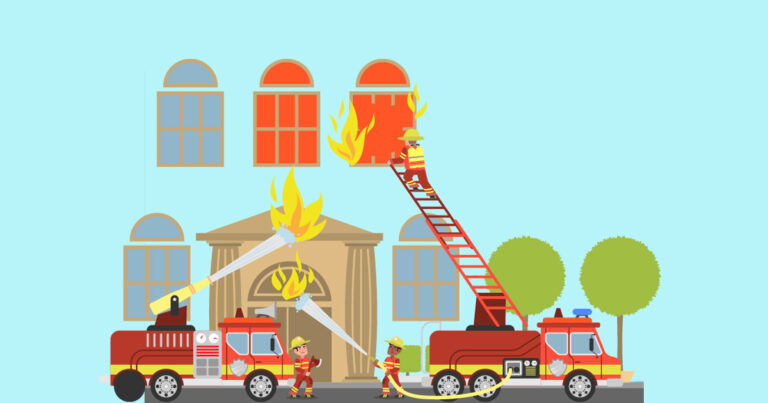In recent years, there has been a significant increase in the number of industrial accidents, including fire accidents, in India. The consequences of such incidents are devastating, not only in terms of loss of life but also in terms of damage to property and the environment. To mitigate these risks, industrial facilities are increasingly turning to the Internet of Things (IoT) for real-time monitoring and fire safety. In this blog post, we will discuss the role of IoT in real-time monitoring and fire safety in industrial facilities in the Indian context.
IoT and Real-time Monitoring in Industrial Facilities
IoT can play a significant role in real-time monitoring of industrial facilities, including detecting anomalies and predicting potential risks. By integrating IoT sensors with the facility’s equipment and infrastructure, managers can monitor various parameters such as temperature, pressure, humidity, and gas levels in real-time. This data can be collected and analyzed in real-time using machine learning algorithms to detect anomalies or patterns that may indicate a potential risk of fire or other accidents.
For example, in the case of a boiler in a power plant, IoT sensors can detect any anomalies in the pressure or temperature of the boiler, which can indicate a potential risk of an explosion. Similarly, in the case of a chemical plant, IoT sensors can detect any anomalies in the gas levels, which can indicate a potential risk of a gas leak. Real-time monitoring can help identify such risks before they escalate into accidents.
IoT and Fire Safety in Industrial Facilities
IoT can also play a crucial role in fire safety in industrial facilities. By integrating IoT sensors with fire safety systems, managers can detect fires in their early stages and take timely action to prevent them from spreading. IoT sensors can detect smoke, heat, and flames, and can alert the fire safety systems in real-time. This can help in early detection and mitigation of fires, reducing the risk of damage to property and loss of life.
In addition to early detection, IoT can also help in the management of fire safety systems. For example, IoT sensors can monitor the status of fire extinguishers and alert managers when they need to be refilled or replaced. IoT can also help in the management of emergency exits, by monitoring their status and ensuring that they are always accessible.
Case Study: IoT-based Fire Safety System in Mumbai’s Metro Rail Project
The Mumbai Metro Rail Corporation (MMRC) has implemented an IoT-based fire safety system in its underground metro stations. The system comprises a network of IoT sensors that detect smoke, heat, and flames. When the sensors detect a potential fire, they send an alert to the central control room, where the fire safety team can take immediate action.
The system also has an automated fire suppression system, which uses high-pressure water mist to extinguish the fire. The system is integrated with the station’s ventilation system, which sucks out the smoke and replaces it with fresh air. The system has been designed to minimize the risk of damage to property and loss of life in the event of a fire.
Conclusion
In conclusion, IoT can play a significant role in real-time monitoring and fire safety in industrial facilities in India. Real-time monitoring can help identify potential risks before they escalate into accidents, while IoT-based fire safety systems can help in early detection and mitigation of fires. The implementation of IoT-based fire safety systems, such as the one in Mumbai’s metro rail project, is a step in the right direction towards ensuring the safety of industrial facilities and their occupants.








